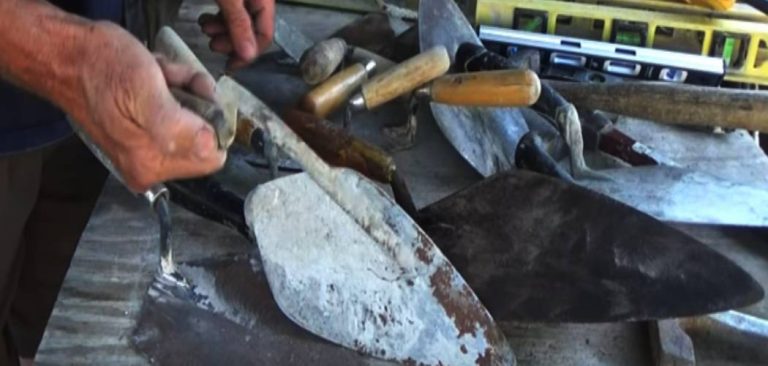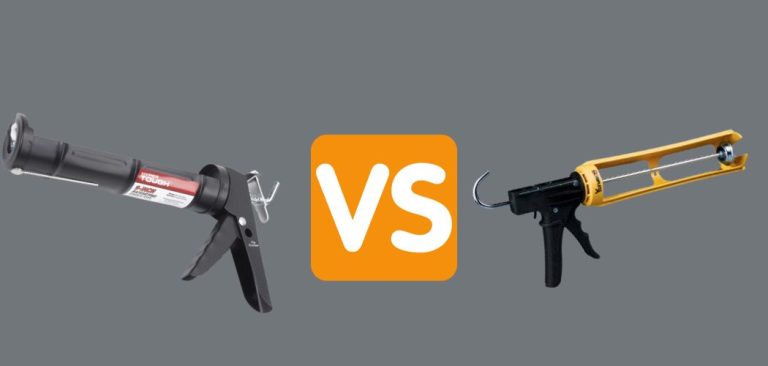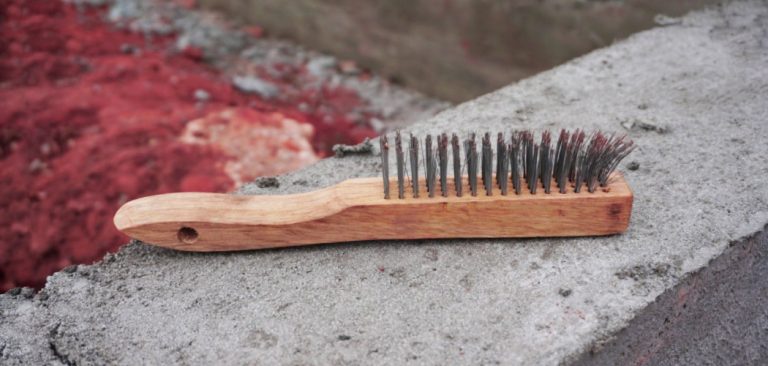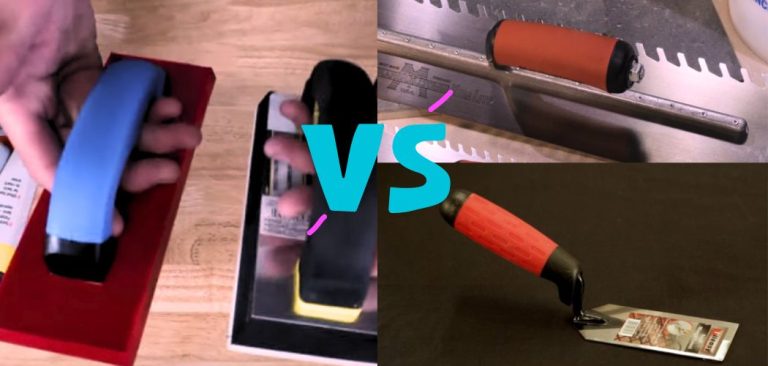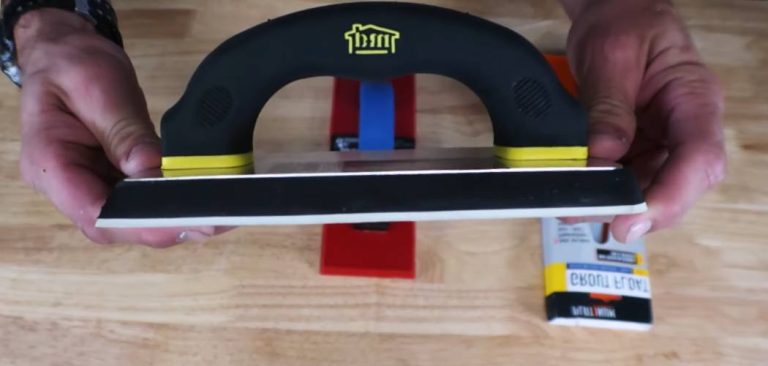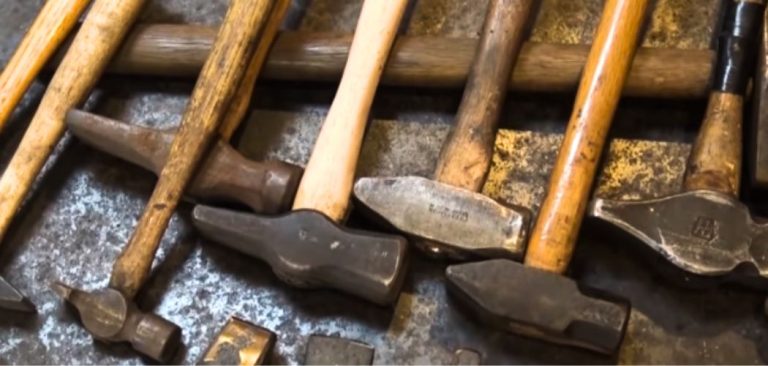Choosing the Right Trowels for Concrete
Enter the world of construction where the concrete trowel transforms from a tool to an artisan. It delicately shapes freshly poured concrete, smoothing imperfections and crafting a visually captivating finish. Join us in exploring the diverse types and nuanced mastery that the trowel brings to the art of concrete manipulation.

What is the Purpose of Using a Concrete Trowel?
A concrete trowel is a vital tool in construction for smoothing and levelling freshly poured concrete surfaces. It eliminates imperfections, ensuring a uniform, visually appealing finish. Troweling compacts and consolidates the concrete mix, enhancing strength and durability.
The tool also helps create slip-resistant surfaces and accelerates the curing process by sealing the surface. Various types available, including hand and power trowels, cater to different project scales, ensuring optimal concrete finishing.
Types of Trowel for Concrete?
In the realm of concrete craftsmanship, an array of specialized trowels emerges, each meticulously designed to serve distinct purposes in the art of concrete manipulation:
Finishing Trowel
After the concrete has been poured and initial levelling is done, the finishing trowel comes into play. Hold it at a slight angle to the surface, and with sweeping, arching motions, smooth out imperfections. Gradually decrease pressure for a polished finish. It is ideal for interior floors and surfaces with a smooth, sleek appearance.
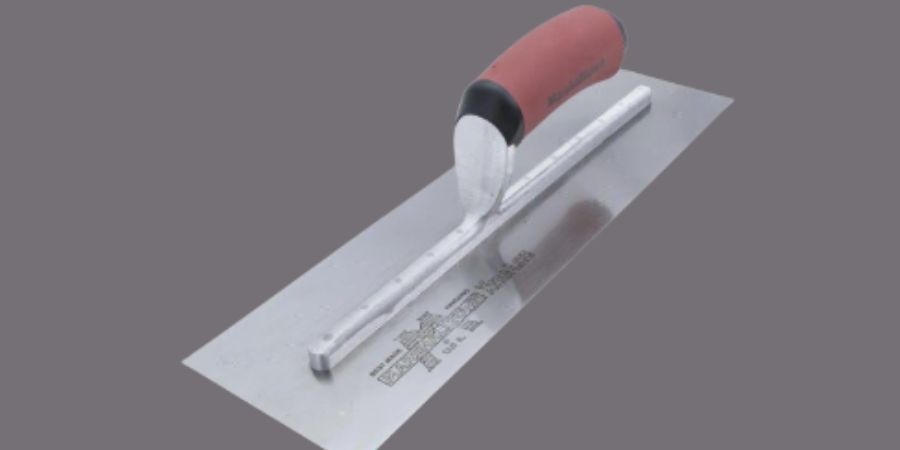
Edging Trowel
Application: The edging trowel excels in situations requiring crisp, defined edges. Run the trowel along the edges of the concrete surface, creating a clean separation. Perfect for forming neat transitions between different sections of a concrete project, such as where a horizontal surface meets a vertical one.
Margin Trowel
Best Application: Maneuverable and precise, the margin trowel is a go-to for detailed work. Ideal for tight spaces, corners, and spots where a larger trowel may be impractical. It’s commonly used for patching and repairing small areas.
Pool Trowel
Best Application: Tailored for curved surfaces, especially those found in pool construction. The pool trowel’s design allows for efficient finishing of concave and convex curves, ensuring a smooth and visually appealing result on swimming pool walls and similar structures.
Notched Trowel
Best Application: Found in the tile setting, the notched trowel excels in spreading adhesive evenly. The notches regulate the adhesive applied, ensuring proper bonding between tiles and the substrate.
Power Trowel
Best Application: The power trowel is indispensable when dealing with extensive concrete surfaces, such as warehouse floors or large slabs. It’s motorized, providing efficiency and consistency in finishing. Multiple passes at different angles can achieve a highly polished surface.

Bull Float
Best Application: In the early stages of concrete finishing, the bull float is used to flatten and smooth the surface before using a finishing trowel. It is particularly effective for larger, flat areas where achieving an even surface is crucial.

Concrete Broom
Best Application: The concrete broom adds texture for improved traction for outdoor surfaces like patios or walkways. After the initial set, run a broom over the surface to create a non-slip finish, which is especially important in areas prone to wet conditions.
Each type of trowel, with its unique design and functionality, is crucial in achieving specific outcomes in the concrete finishing process.
Pros and cons of using concrete trowel?
Pros of Using Concrete Trowel
- Concrete trowels, especially finishing trowels, allow for meticulous precision in finishing, ensuring a smooth and professional appearance on concrete surfaces.
- With various types available, including edging, grooving, and power trowels, these tools offer versatility to cater to different stages and intricacies of concrete projects.
- Proper troweling contributes to concrete consolidation, enhancing its strength and durability over time.
- Grooving trowels aid in creating control joints, strategically guiding and minimizing the occurrence of cracks in large concrete slabs.
- Certain trowels, such as the concrete broom and notched trowel, provide options for creating textured finishes, improving traction and enhancing aesthetic appeal.
- Power trowels, both walk-behind and ride-on, significantly expedite the finishing process on expansive concrete surfaces, increasing overall efficiency.
Cons of Using Concrete Trowel
- Achieving optimal results with concrete trowels demands skill and experience. The inadequate technique can lead to overworking the concrete or creating uneven surfaces.
- Weather conditions influence troweling, and extreme factors like high temperatures or rapid evaporation can impact the process, potentially resulting in surface defects.
- Power trowels, while efficient, can be expensive to purchase or rent. This cost may be a factor for smaller projects or infrequent use.
- Inexperienced use, particularly with finishing trowels, may lead to surface cracking if the concrete is overworked or not cured properly.
- Trowels are most effective on flat or gently sloping surfaces. Complex or highly contoured surfaces may require additional tools or techniques.
- Dry trowel methods, especially with power trowels, can generate dust and debris, necessitating proper safety measures and cleanup.
- Troweling affects the curing process, and improper timing or inadequate curing can result in surface defects or reduced strength.
Understanding the nuanced advantages and challenges of using concrete trowels is crucial for achieving superior outcomes in construction projects. Skillful application, consideration of environmental factors, and adherence to best practices contribute to successful concrete finishing.
Types of concrete trowels and their made material?
Each concrete trowel type is meticulously crafted for specific applications, ensuring optimal performance in concrete finishing. The Finishing Trowel boasts high-quality stainless steel or carbon steel construction, while the Edging Trowel excels with durable carbon steel or tempered steel.
The Grooving Trowel, essential for control joints, features high-carbon or stainless steel. Robust materials like carbon steel or forged steel define the Margin Trowel, and the Pool Trowel is crafted from stainless or tempered steel. Notched Trowels utilize carbon steel, stainless steel, or durable plastic, and the Power Trowel employs heavy-duty steel or aluminium.
The Bull Float incorporates lightweight yet durable materials like aluminium or magnesium for early-stage finishing. The Concrete Broom, designed for textured outdoor surfaces, features durable bristles. The Walking Trowel Machine’s components are typically robustly made from steel and aluminium for efficient large-scale projects.
FAQs
What is the primary purpose of a Finishing Trowel in concrete work?
The Finishing Trowel is essential for achieving a smooth and polished surface on interior floors and other concrete surfaces. It is used after the initial levelling to eliminate imperfections, providing a sleek appearance.
Why is the Edging Trowel important in concrete projects?
The Edging Trowel excels in creating crisp, defined edges on concrete surfaces. It is ideal for forming neat transitions between different project sections, ensuring a clean separation.
When should I use a Grooving Trowel in concrete work?
The Grooving Trowel is essential for working with expansive concrete surfaces like sidewalks or driveways. It helps cut control joints, minimizing cracking by guiding where cracks may occur.
What makes the Pool Trowel unique, and when is it used?
The Pool trowel is tailored for curved surfaces, especially in pool construction. Its design allows for efficient finishing of concave and convex curves, ensuring a smooth result on swimming pool walls and similar structures.
What is the role of a Power Trowel in concrete finishing?
The Power Trowel is indispensable for extensive concrete surfaces, providing motorized efficiency and consistency in finishing. It is commonly used for achieving a highly polished surface on large slabs.
What is the significance of a Concrete Broom in concrete projects?
The Concrete Broom is used for outdoor surfaces like patios or walkways to add texture, improving traction. After the initial set, running a broom over the surface creates a non-slip finish, which is crucial in areas prone to wet conditions.
conclusion
“I’ve crafted this article by immersing myself in the world of concrete trowels, recognizing their exceptional role. Working alongside my friend Riday, a skilled mason, in various locations has given me valuable insights. This hands-on experience has made writing this article much more accessible. Please consider sharing this piece with your friends.
Read also:-

